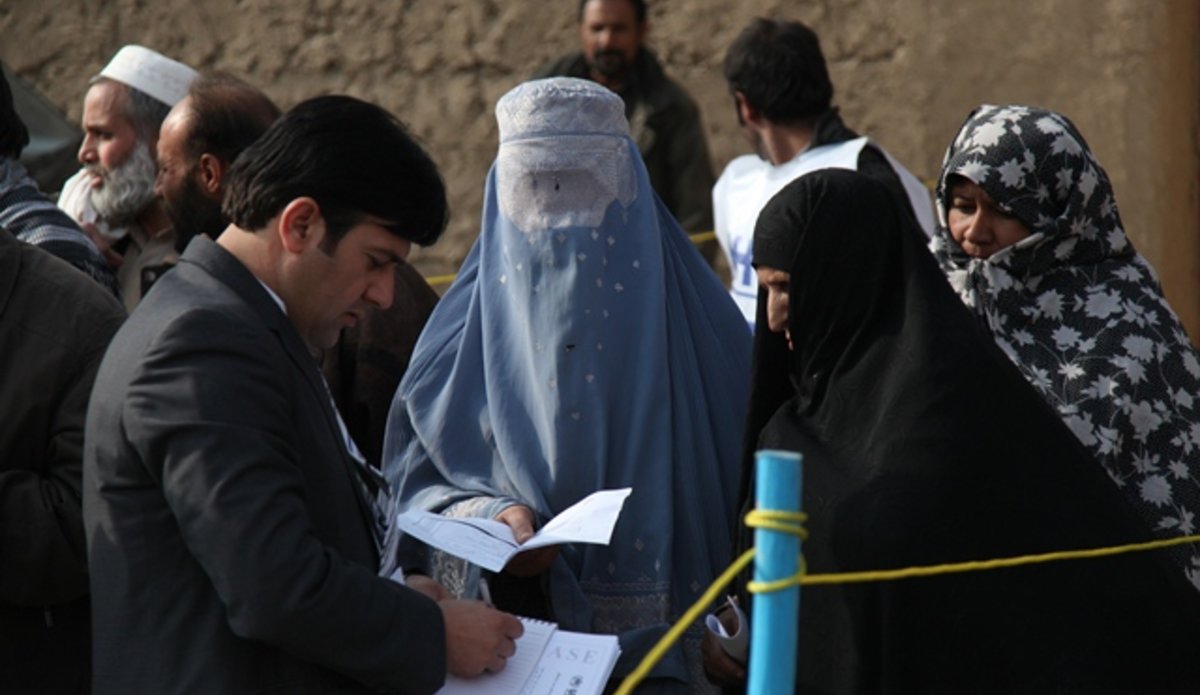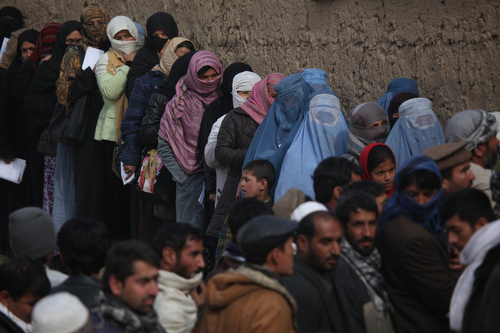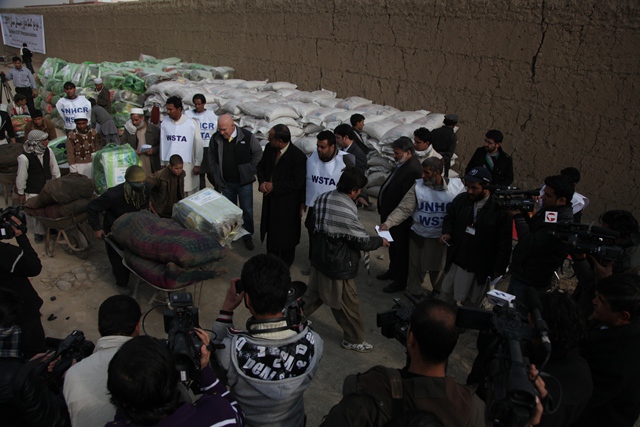UN refugee agency begins distribution of winter supplies in northern Afghanistan
KABUL - Ahead of Afghanistan’s harsh winter conditions setting in, the Office of the United Nations High Commissioner for Refugees (UNHCR) and the Afghan Ministry of Refugees and Repatriation (MoRR) today began distributing winter supplies to vulnerable families in the country’s north.
As part of a countrywide-drive to help 26,000 families – 5,000 of them located in northern regions – UNHCR and MoRR handed out blankets, plastic sheets, jerry-cans, kitchen sets and other supplies to more than 500 vulnerable families in the city of Mazar-e-Sharif, capital of Balkh province.
In line with a commitment by the Government of Afghanistan and the United Nations, UNHCR and other UN agencies provide emergency winter assistance to vulnerable people through the distribution of relief supplies in remote, inaccessible areas throughout the country.
“As always, the different agencies work closely together on this winterization programme under the joint leadership of the Government of Afghanistan and OCHA [UN Office for the Coordination of Humanitarian Affairs],” the Acting UNHCR Representative in Afghanistan, Hai Kyung Jun, said in a news release.
“But we are all hoping that the newly endorsed National Policy on Internally Displaced Persons will lead to renewed efforts to find real solutions to these displaced people who suffer all year round, but especially during the cold winter months,” she added.
This month, the UN refugee agency is distributing almost 2,300 packages in both Faryab and Kunduz provinces, 600 in Jawzijan province, 500 in Balkh province, 470 in Baghlan province, more than 300 in Takhar province, more than 360 in Saripul province, 80 in Badakhshan and 50 in Samangan. The UN World Food Programme (WFP) supplements UNHCR’s supplies with food packages.
The beneficiaries are a mix of vulnerable recently returned refugees and internally displaced persons (IDPs), as well as others at particular risk in the cold winter weather, such as the disabled, the elderly and single mothers.
The Afghan Government leads the overall humanitarian response to extreme winter conditions, guided by a national winter contingency plan. Provincial Disaster Management Committees and humanitarian agencies, such as UNHCR, work with the Government to enable the distribution of winter supplies in provincial centres, as well as in districts and villages.
According to UNHCR, the distribution of such supplies also aims to reduce the possibility of rural communities being forced to leave their homes to seek support, and thereby joining the ranks of internally displaced Afghans.
As of December, a total of 624,500 persons are displaced because of conflict in Afghanistan. Among them, more than 117,600 individuals were recorded as newly displaced in 2013 – largely in the country’s southern and western regions. The majority live in the south, with nearly 184,000 IDPs there, followed by the west, with over 164,000 IDPs, and the east, with nearly 113,000 displaced persons. More than 83,000 IDPs live in Afghanistan’s northern and northeastern regions.
“Emergency assistance responds to immediate needs, but as long as tens of thousands of people live in dire conditions, the risk of illness and death remains. A serious commitment to solving this problem is essential,” said Ms. Hai.
 UN
UN











